If you grew up in the 1980s, you probably have memories of a childhood that looks vastly different from what kids experience today. Back then, parents operated with a more relaxed approach to child-rearing—one that prioritized independence, resilience, and sometimes just plain convenience over the hyper-vigilant safety standards of modern parenting. What passed for everyday parenting in the Reagan era would likely result in raised eyebrows, concerned neighbors, or even a visit from child protective services in today’s world. Let’s take a nostalgic yet eye-opening journey through parenting practices that were completely acceptable in the ’80s but would cause serious controversy today.
1. Unsupervised Neighborhood Roaming
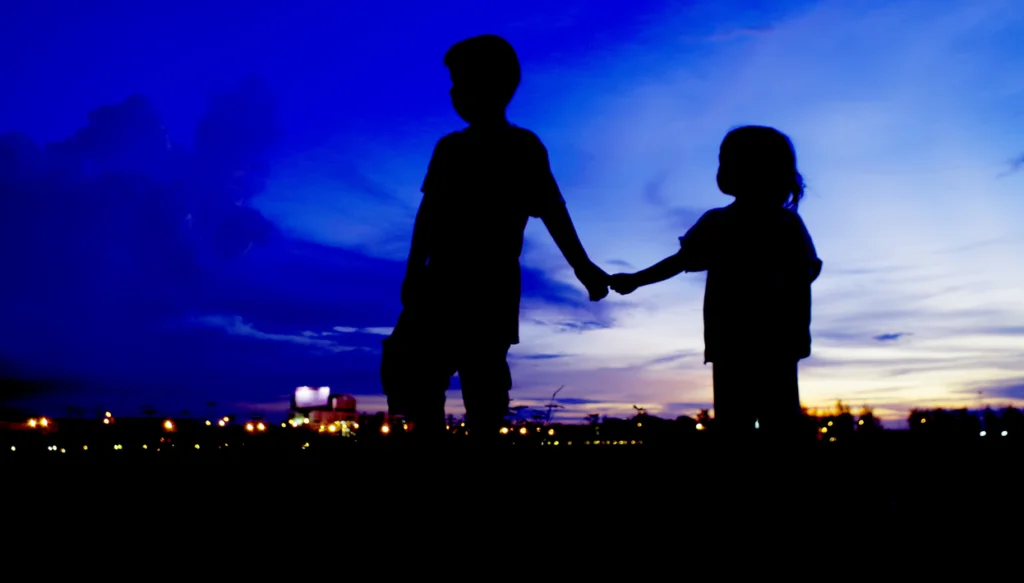
Children in the ’80s were often given simple instructions to “be home by dark” before heading out on bikes to explore neighborhoods, woods, or nearby communities without any adult supervision. Parents had no GPS tracking, no cell phones for check-ins, and often no real idea where their children were for hours at a time—and this was considered completely normal parenting. The expectation was simple: don’t get into trouble, don’t get hurt, and come home when the streetlights come on. Interminable Roaming remembers this practice fondly and argues that roaming in general is important for several reasons, though it’s important to consider safety.
This free-range childhood created generations of kids who navigated their world independently, solving problems without immediate parental intervention and developing social skills through neighborhood interactions. Today, parents allowing elementary school children to wander even a few blocks unsupervised might face judgment from neighbors, school officials, or even legal authorities concerned about neglect. The shift reflects not just changing parental attitudes but broader societal changes in how we perceive danger, childhood development, and the proper balance between protection and independence.
2. Riding in Cars Without Proper Restraints
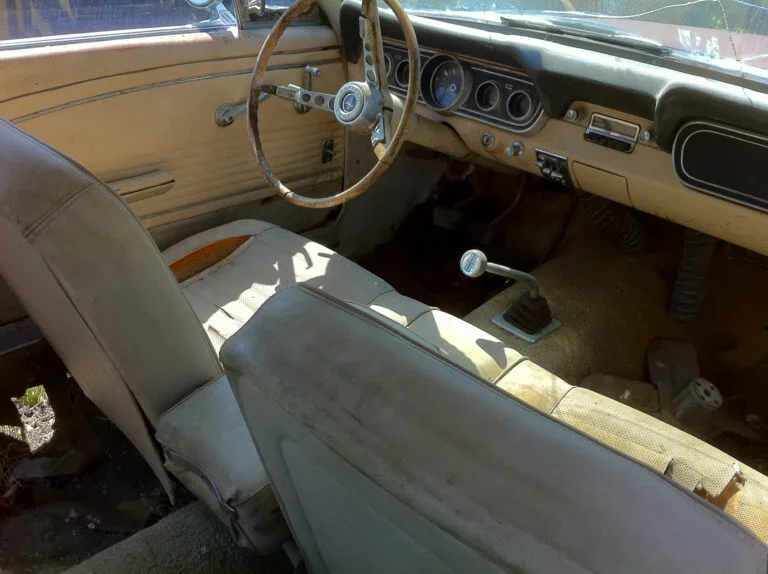
Car safety in the ’80s would horrify today’s parents, with infants held in laps, toddlers standing on seats, and older kids bouncing freely in the back of station wagons or pickup truck beds. Seatbelts were often optional in practice if not in law, with many parents only insisting they be worn on highways or longer trips. The family road trip often featured children sliding across vinyl bench seats on sharp turns or creating makeshift play areas in the cargo space of vehicles. Safe Ride 4 Kids puts into context how far we’ve come with car safety for kids.
Child safety experts now recognize that these practices placed children at severe risk, with modern parents meticulously researching car seat safety ratings and following strict age, height, and weight guidelines for proper restraints. What was once considered convenient—letting a sleeping baby remain in a carrier rather than strapping them into a car seat, or allowing a fussy toddler to be held rather than restrained—would today be grounds for serious concern, traffic violations, and potential intervention from authorities concerned about child welfare.
3. Minimal Supervision at Pools and Beaches
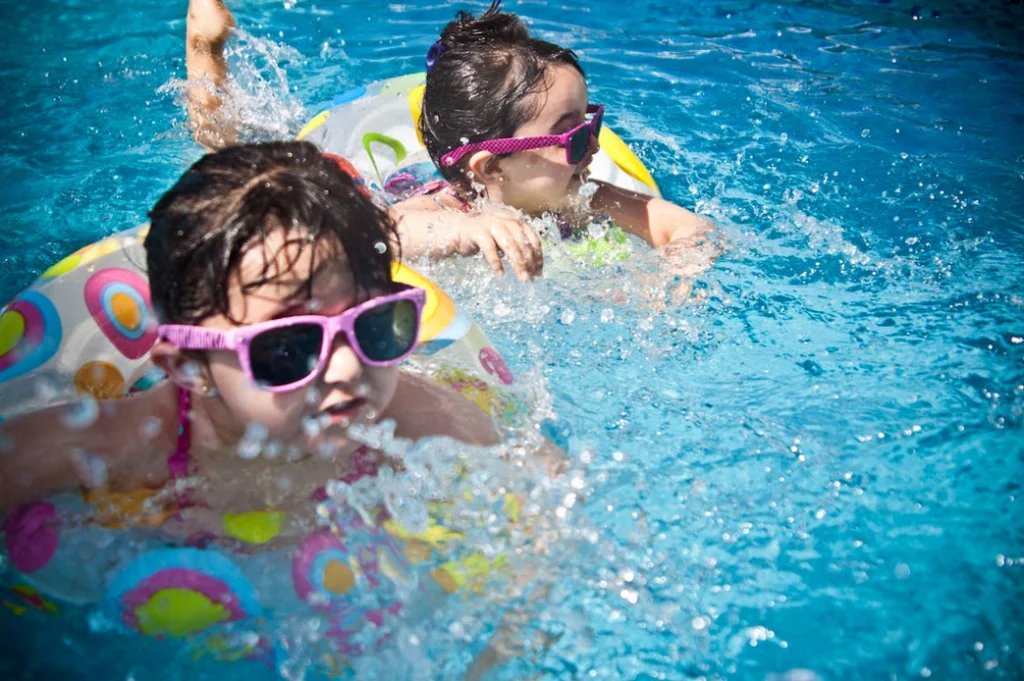
Water safety in the ’80s often consisted of basic swimming lessons followed by surprisingly hands-off supervision at pools, lakes, and beaches. Parents might read magazines or socialize while occasionally glancing up at children playing in the water, operating under the assumption that kids would either stay within their abilities or call for help if needed. Community pools often had minimal lifeguard coverage, with the responsibility for watching children falling primarily on parents who were frequently distracted or absent altogether. Safe Kids Worldwide offers insight into keeping kids safe in any body of water.
The “swim or sink” mentality extended to teaching methods, with some parents using approaches like throwing children into water to force them to figure out swimming through survival instinct. Modern parenting emphasizes constant visual supervision of children in water, designated water watchers who avoid distractions like phones or conversations, and specialized floating devices designed specifically for different developmental stages. Today’s parent scrolling through social media while their child swims unsupervised would likely face immediate intervention from other adults concerned about the serious risk of drowning.
4. Smoking Around Children

Parents routinely smoked cigarettes in homes, cars, and restaurants with children present, exposing kids to secondhand smoke as a matter of course. Long car rides often meant children trapped in a closed environment filled with cigarette smoke, windows occasionally cracked for minimal ventilation. Family gatherings typically featured ashtrays in every room, with children developing an early familiarity with the distinctive smell of cigarettes that permeated clothing, furniture, and even toys.
The science on secondhand smoke was still emerging in the 1980s, allowing parents to dismiss concerns with statements like “My parents smoked around me and I turned out fine.” Today, smoking around children is widely recognized as a serious health risk and is prohibited in many public spaces, with parents who routinely expose their children to secondhand smoke facing social stigma and, in extreme cases, questions about their parenting fitness. The dramatic shift reflects our evolved understanding of how environmental factors affect developing bodies and respiratory systems.
5. Leaving Children in Cars While Running Errands

Parents regularly left children waiting in cars while they shopped for groceries, picked up dry cleaning, or ran into the bank, considering it more convenient than dragging tired or fussy children through multiple stops. The practice was so common that many children have memories of playing car games, listening to the radio, or napping in vehicles parked outside stores for 15-30 minutes at a time. Some parents even left the car running for heating or cooling, often with doors unlocked for easy access.
This practice has become not just socially unacceptable but illegal in many states, with parents facing criminal charges for leaving children unattended in vehicles even briefly. Modern understanding of how quickly cars can heat to dangerous temperatures, concerns about potential abductions, and risks posed by children potentially shifting cars into gear have transformed this once-routine practice into something widely considered dangerous and negligent. What was once seen as practical parenting is now viewed through the lens of serious safety risks that no responsible caregiver would take.
6. Hands-Off Approach to Childhood Conflicts
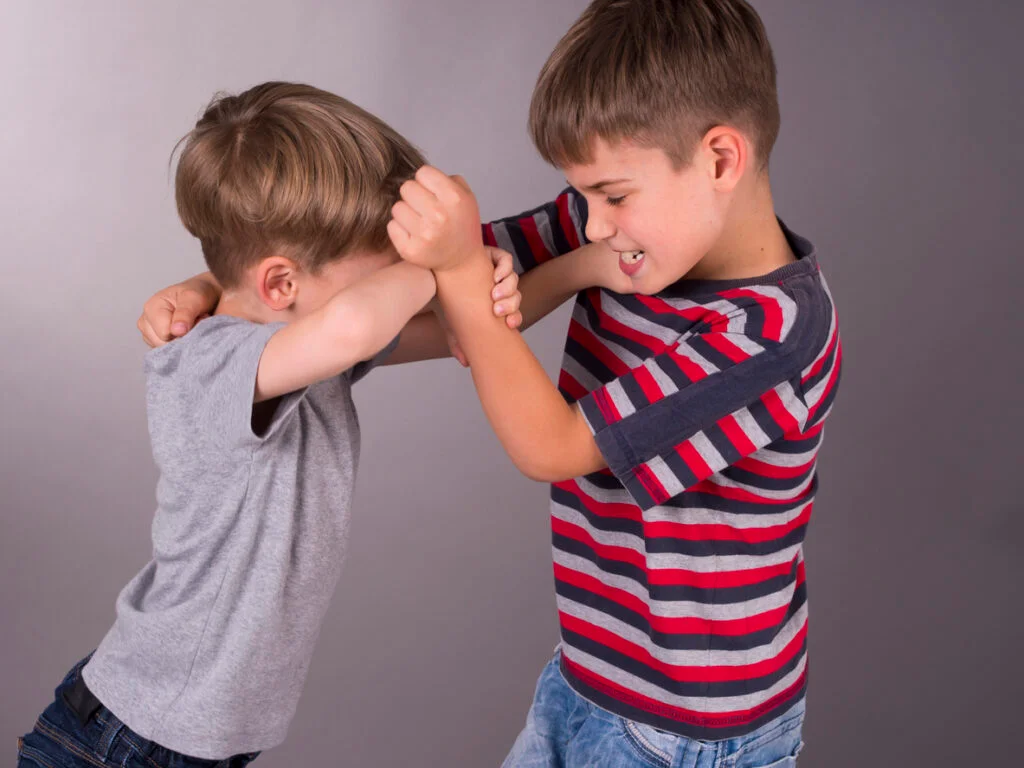
Children in the ’80s were often expected to work out their own disputes, with parents intervening only in cases of significant physical danger or property damage. Phrases like “work it out yourselves” and “handle your own problems” were parenting mantras that encouraged children to navigate social conflicts independently. Playground disagreements, neighborhood squabbles, and even mild bullying were considered normal parts of childhood that built character and resilience.
Modern parenting approaches emphasize adult mediation, teaching conflict resolution skills, and addressing even minor bullying situations immediately. Today’s parents typically monitor their children’s social interactions closely, ready to step in at the first sign of conflict to facilitate fair resolutions and protect their child’s emotional wellbeing. The shift reflects changing attitudes about childhood trauma, psychological development, and the potential long-term impacts of seemingly minor social difficulties that ’80s parents often dismissed with “kids will be kids.”
7. Minimal Sunscreen and Sun Protection

Sun protection in the ’80s was often limited to applying sunscreen only on the most scorching beach days, with many children experiencing multiple sunburns each summer as a normal part of “toughening up” their skin. Parents frequently used low-SPF lotions that provided minimal protection, applied them infrequently, or skipped sun protection entirely for everyday outdoor play. The aesthetic of a deep summer tan was actually considered healthy and desirable, with many parents encouraging children to “build a base tan” through gradual sun exposure.
Current understanding of skin cancer risks and long-term damage from childhood sun exposure has transformed this approach completely. Modern parents diligently apply high-SPF sunscreen before any outdoor activity, reapply regularly, and supplement with protective clothing, hats, and limited sun exposure during peak UV hours. What was once considered normal—a child’s shoulders peeling after a day at the pool or a face reddened from playing outside—would today raise concerns about negligent sun protection and unnecessary health risks.
8. Unlimited, Unsupervised Television Viewing
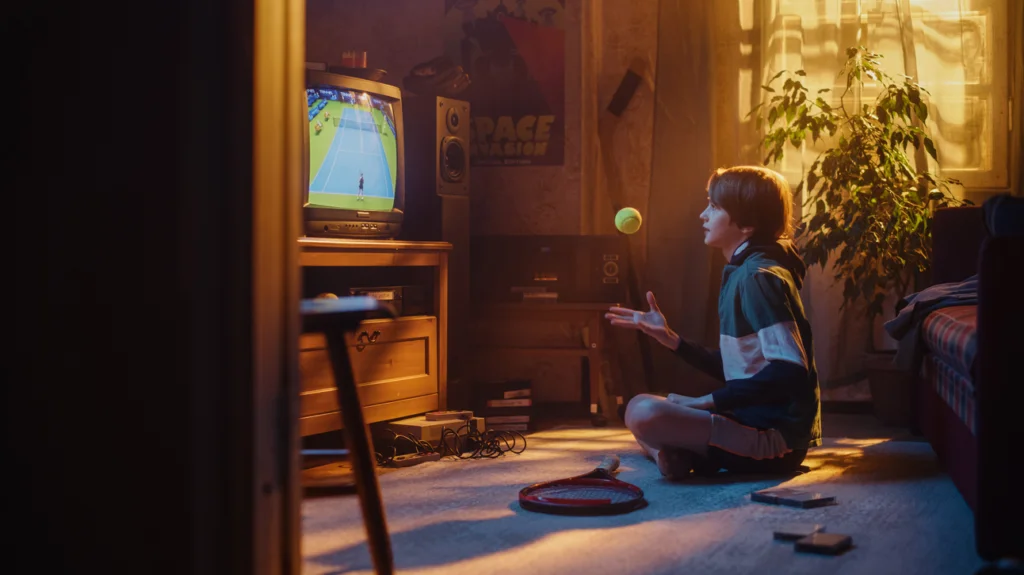
Many ’80s children had virtually unrestricted access to television, often watching whatever programs were broadcasting regardless of content ratings or age appropriateness. Saturday morning cartoons, afternoon reruns, and evening sitcoms provided hours of unsupervised entertainment while parents handled household tasks or enjoyed their own activities. The TV effectively served as a babysitter in many households, with children consuming media without parental guidance, content screening, or time limits.
The contrast with today’s carefully monitored screen time is striking, with modern parents tracking minutes of exposure, using parental controls, researching age-appropriate content, and often watching alongside children to discuss messages or themes. Current parenting approaches reflect extensive research on how screen time affects developing brains, attention spans, and sleep patterns—concerns that weren’t part of the parental consciousness when television was simply an accepted part of daily life without much thought to potential developmental impacts.
9. Sending Sick Children to School

Parents in the ’80s often sent children to school with low fevers, persistent coughs, or other mild illness symptoms, following the “tough it out” mentality that prioritized perfect attendance over recovery time. The standard for keeping a child home typically involved severe symptoms like vomiting or high fevers, with many children attending school while clearly unwell. Working parents had fewer flexible options and often couldn’t afford to miss work for what were considered minor childhood ailments.
Post-pandemic parenting standards reflect a complete reversal of this approach, with schools implementing strict illness policies and parents expected to keep children home at the first sign of contagious symptoms. Today’s parent sending a visibly ill child to school faces not just administrative consequences but social judgment from other parents concerned about community health. The shift represents changing workplace flexibility, greater awareness of how illness spreads in group settings, and broader societal responsibility for public health.
10. Corporal Punishment as Discipline
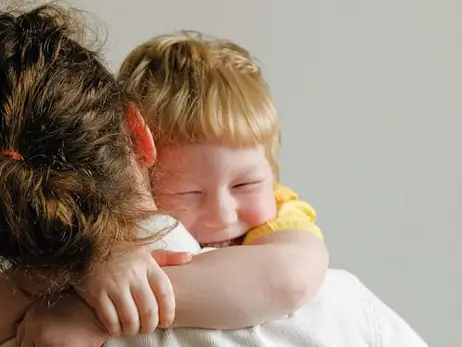
Physical discipline was widely accepted in the ’80s, with spanking, slapping, or other forms of corporal punishment considered appropriate responses to children’s misbehavior. Many schools still permitted paddling by administrators, and parents openly discussed physical discipline methods with phrases like “spare the rod, spoil the child” reflected in mainstream parenting approaches. Children being disciplined physically in public spaces rarely drew attention or concern from onlookers, who generally considered it a normal part of effective parenting.
Research on how physical punishment affects child development has dramatically shifted both professional guidance and social norms, with corporal punishment now associated with increased aggression, reduced cognitive development, and damaged parent-child relationships. Modern parenting emphasizes positive discipline approaches, natural consequences, and communication-based methods that avoid physical punishment entirely. A parent publicly spanking a child today might face immediate social intervention, concerns about abuse, and potentially even legal consequences depending on the severity and circumstances.
11. Lack of Structured Activities and Enrichment

Childhood in the ’80s typically involved far less structured programming, with many children experiencing long stretches of unscheduled time without organized activities or educational enrichment. Parents rarely worried about “developmental windows” or ensuring children had access to music lessons, sports training, STEM programs, or language immersion during their early years. After-school hours and weekends were often filled with unstructured play rather than scheduled commitments managed by vigilant parents.
The modern emphasis on structured activities, early skills development, and resume-building even in elementary school would be almost unrecognizable to ’80s parents. Today’s approach reflects competitive educational environments, concerns about college admissions beginning in early childhood, and parental anxiety about providing every possible advantage. What was once considered perfectly adequate parenting—allowing children extended periods of free play without educational focus—might now be perceived as missing critical opportunities for development and future success.
12. Limited Car Seat Use and Early Transitions

Infant car seats in the ’80s were basic by today’s standards, with many babies quickly transitioning to forward-facing positions or regular seatbelts at ages that would horrify contemporary safety experts. Parents often moved children to forward-facing seats after their first birthday (or earlier), used booster seats for minimal time periods, and allowed children under 12 to ride in front passenger seats with regular seatbelts. The goal was often convenience rather than maximum safety, with many parents making transitions based on children’s preferences or simplicity rather than safety guidelines.
Current car safety standards recommend rear-facing seats until age two (minimum) or until reaching maximum height/weight limits, forward-facing harnesses until outgrowing those limits (often age 5+), and booster seats until adult seatbelts fit properly (typically around age 10-12). A parent today following ’80s car seat practices would face not just legal consequences but serious social judgment for putting convenience ahead of well-established safety protocols. The evolution reflects both improved product design and our growing understanding of how proper restraints prevent specific injury patterns in developing bodies.
The contrast between ’80s parenting norms and today’s expectations offers fascinating insights into how quickly parenting standards evolve. What constitutes “good parenting” clearly shifts dramatically across generations, influenced by new research, changing cultural values, and evolving understandings of risk. While today’s parents might shudder at the thought of their own children experiencing the minimal supervision and safety precautions that were standard in the 1980s, there’s also something to be considered about the independence, resilience, and problem-solving skills that developed in that environment. Perhaps the ideal lies somewhere between these approaches—keeping children safe while still allowing them the freedom to develop independence and learn from their experiences.


